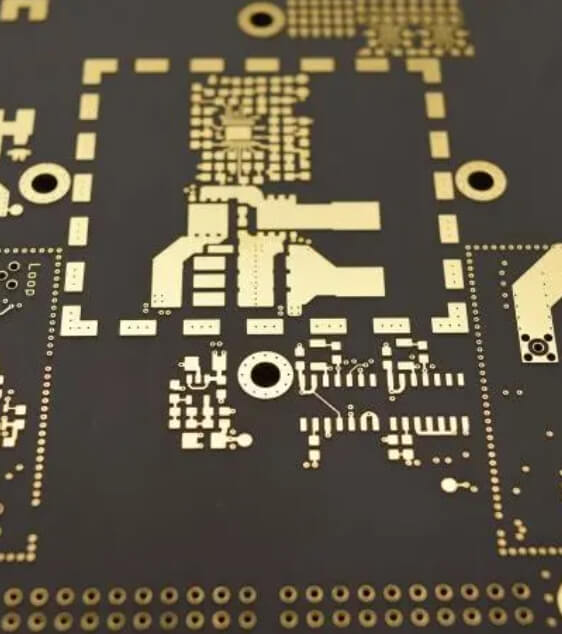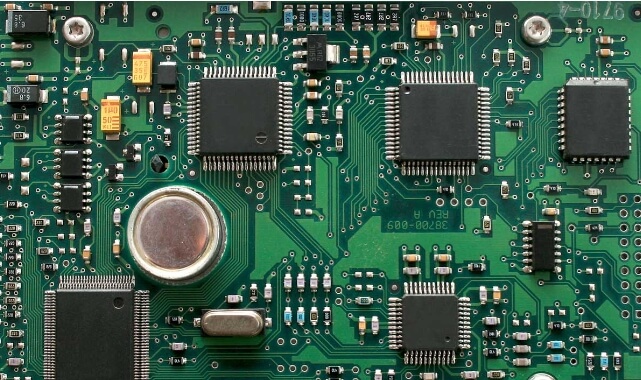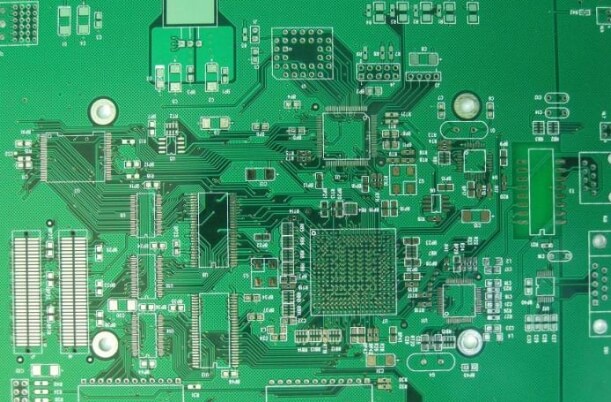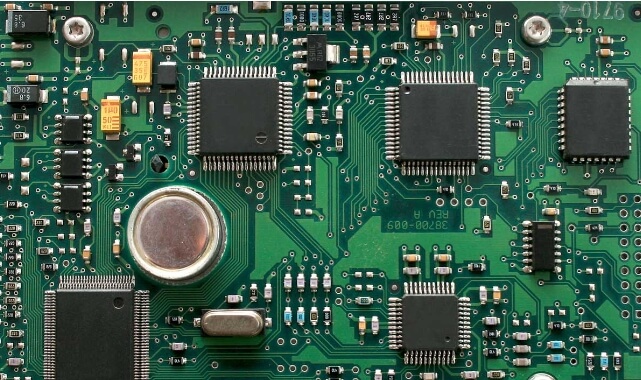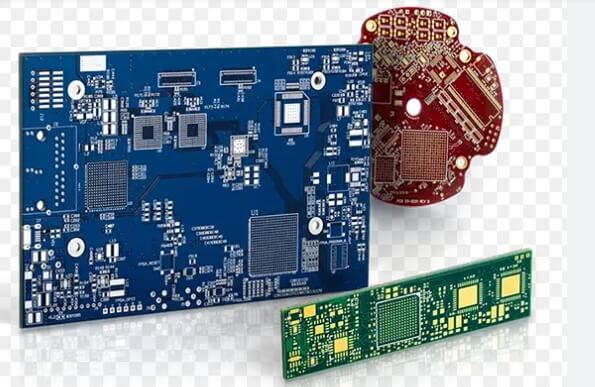HDI PCBs have a higher density per unit circuit than traditional PCBs. They use a combination of buried and blind vias and microvias (0.006 inches in diameter or less). A high-density board is a PCB that has one or more of the following features: Through and buried vias Through surface-to-surface vias At least two layers with...
HomeCategory
PCB Manufacturing Services | High-Quality PCB & PCBA - KKPCB
Modern PCB combines various digital and hybrid signal technology, so layout and design become more challenging, especially when RF and microwave mixed are used for subcutors. When viewing RF PCB, you need to consider some matters, whether you cooperate with us or other RF printing circuit board suppliers or design yourself. First of all, the RF...
Gangrou combined with print circuit boards allows you to have the advantages of both the beauty. The rigid soft combination of PCB combines the flexibility of the flexible circuit and the durability of the rigid PCB. Flexible printing circuit boards are only flexible materials, which are usually based on polyimide or polyester. They can be single, double or multi -layer...
Benefits •Low DF and DK •Stable electrical properties versus frequency •Designed for high layer count multilayers •Available in a variety of constructions Applications •High Speed Storage Networks •Internet Switches / Routing Systems •Wireless Communication Infrastructure •Backplanes N4800-20 is a high-performance enhanced epoxy systems for multilayer PCBs requiring maximum thermal and stable electrical performance. It is designed to be...
HDI board manufacturing is the fastest growing field in the printed circuit board industry. From the first 32-bit computer launched by HP in 1985 to today’s large-scale customer servers using 36 sequentially laminated multi-layer printed circuit boards and stacked micro-vias, HDI/micro-via technology is undoubtedly the future PCB architecture. Large ASICs and FPGAs with smaller device pitches,...
Printed Circuit Boards (PCBs) are the foundation of most electronic devices. The PCB production process can be categorized into subtractive methods and additive methods. Currently, the most commonly used industrial method is the copper foil etching process, a subtractive method. 1. PCB Substrate Processing The PCB substrate is typically classified based on its insulating material. Popular raw materials include bakelite, fiberglass boards, and various plastic...
HDI boards, or High Density Interconnect boards, represent a significant advancement in PCB manufacturing, particularly suited for high-density circuit applications. These boards utilize micro-blind buried via technology to achieve compact designs with high line distribution density. Key characteristics include: Manufacturing Process: HDI boards typically employ micro-blind buried via technology, necessitating non-mechanical drilling methods such as laser...
RF circuit board design is a critical and often complex area of PCB engineering. While there are many uncertainties in theory, practical design rules can be followed to optimize performance. The following key points will focus on RF circuit board partitioning and design strategies. 1. Microvias in RF Design Microvias are essential for connecting different layers on...
In PCB design, achieving smaller, faster, and more cost-effective products is key. High-frequency PCB design presents unique challenges, especially at interconnection points, where electromagnetic properties must be carefully managed. This article focuses on practical skills for interconnection within the PCB board, providing valuable insights for engineers. For high-frequency applications, consider the following PCB design skills: Use 45° Transmission Line Corners:...
The Complexity of Copper Foil in the PCB Industry Copper foil used in the PCB industry is more complex than one might imagine. Copper is not only an excellent electrical conductor but also a superb thermal conductor, making it the ideal material for most PCB applications. Understanding the various characteristics of copper foil is crucial for engineers....


